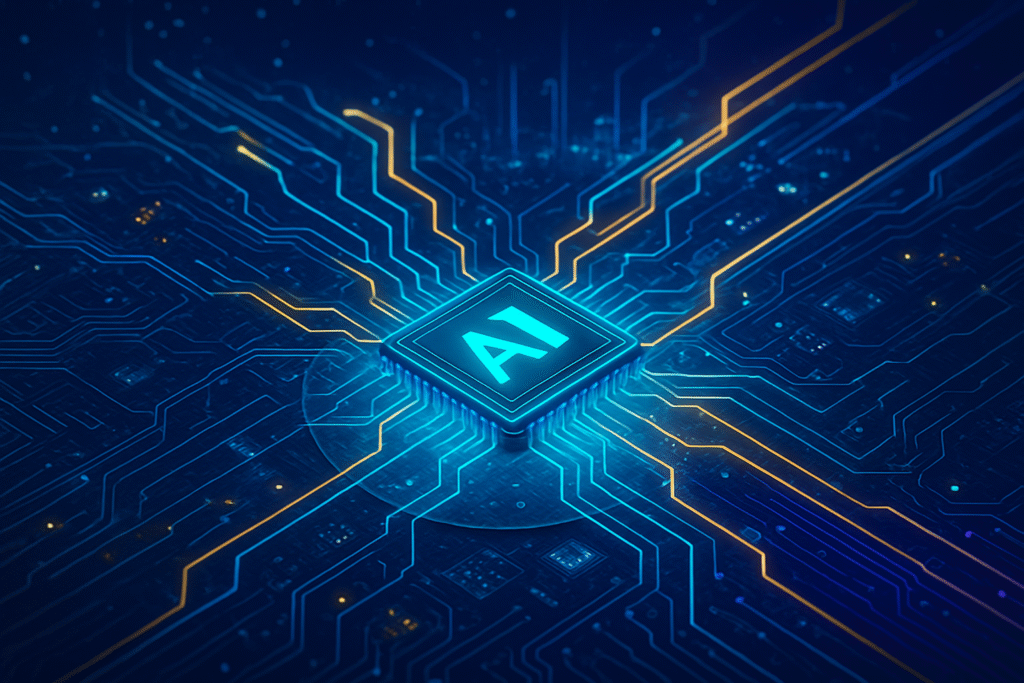The global AI “supercycle”—a surge in demand for artificial intelligence computing—is reshaping semiconductor design. From startups to industry giants, chipmakers are racing to develop processors optimized for massive AI workloads.
“AI is not just a workload—it’s a design driver,” said a semiconductor analyst at Gartner. “Every major innovation in chips over the next decade will be influenced by AI demands.”
Advertisement
Chiplets and Heterogeneous Integration Take Center Stage
A major trend in AI-driven chip design is chiplet-based architectures. These modular components allow companies to:
- Combine specialized processors for neural network acceleration, memory management, and data compression
- Scale performance without redesigning entire chips
Heterogeneous integration—the combination of CPUs, GPUs, NPUs, and memory in a single package—is also gaining traction. Benefits include:
- Faster communication between components
- Reduced latency for real-time AI applications, including autonomous vehicles and generative AI
Power Efficiency Becomes Critical
As AI workloads grow, energy consumption has become a major bottleneck. Data centers powering models like GPT and Gemini demand enormous electricity, prompting innovations in:
- Low-power transistor materials
- 3D stacking for compact, efficient designs
- AI-assisted chip design tools optimizing performance and energy use
“Energy is the new currency in AI computing,” noted a senior engineer at TSMC. “Efficiency is now as important as raw speed.”
Global Competition Intensifies
The AI chip race is fueling competition among NVIDIA, AMD, Intel, and emerging startups. Governments are also investing heavily to secure domestic semiconductor capabilities:
- U.S.: CHIPS Act
- Europe: Chips Joint Undertaking
- China: “Made in AI” initiative
These programs reflect the geopolitical importance of semiconductor leadership, increasingly tied to both economic and national security.
AI Designing AI: A Self-Reinforcing Cycle
Ironically, AI itself is now accelerating chip innovation. Machine learning-based design automation enables engineers to:
- Explore new layouts, materials, and cooling systems faster than traditional R&D
- Optimize chip performance for energy and processing efficiency
This self-reinforcing cycle—AI designing chips that power AI—signals the dawn of a new era in computing.

